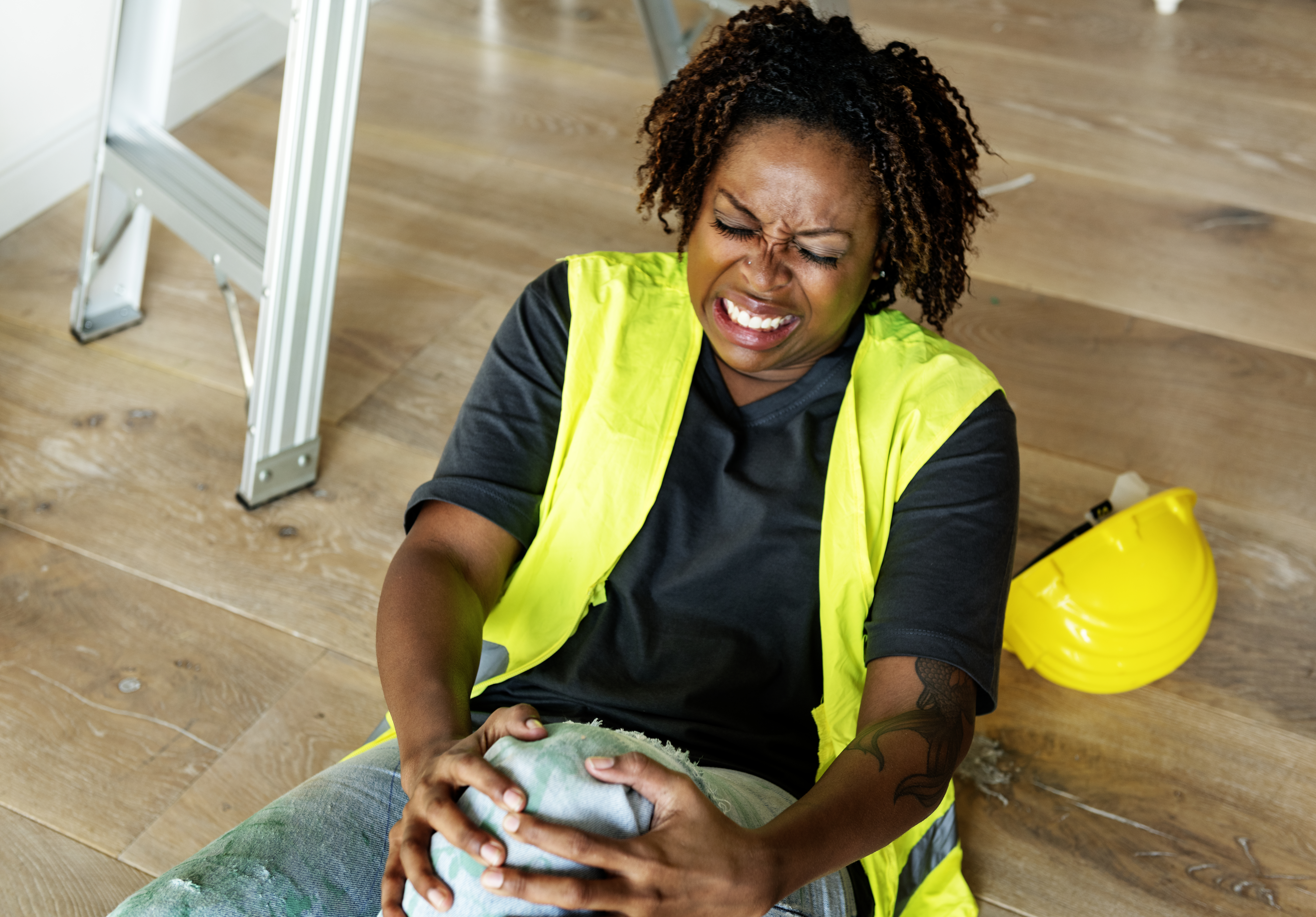

Sponsored Ads

Sponsored Ads

Public bathrooms are essential facilities that serve a wide range of individuals daily. Unfortunately, slip and fall accidents in public bathrooms can lead to injuries and pose a significant risk to users. Understanding the underlying causes of these accidents is crucial to preventing them and ensuring the safety of bathroom users. In this article, we will explore five common reasons for slip and fall accidents in public bathrooms and discuss measures that can be taken to mitigate these risks.
1. Slippery Floors
Slippery floors are one of the primary reasons for slip and fall accidents in public bathrooms. Several factors contribute to the slippery nature of the floors, including:
Wet or Contaminated Floors
Spills, leaks, or inadequate cleaning can result in wet or contaminated floors. These surfaces can be extremely slippery and increase the risk of accidents. Promptly cleaning up spills or leaks and ensuring thorough drying of the affected areas is essential to prevent such accidents. Placing warning signs to alert users about the presence of slippery surfaces can also be helpful. Additionally, installing non-slip flooring or using anti-slip mats near entrances or areas prone to moisture can provide better traction and reduce the risk of slips and falls.
Inadequate Traction
Some floor materials or finishes may lack sufficient traction, making them prone to slipperiness, especially when wet. To address this issue, it is crucial to install non-slip flooring materials that provide better traction in areas where water exposure is common. Using floor treatments or coatings that enhance slip resistance can also be beneficial.
Improper Cleaning Methods
Incorrect cleaning techniques or the use of unsuitable cleaning products can leave behind residues that make the floor slippery. Proper training of cleaning staff on appropriate cleaning techniques, including product selection and usage, is essential. Regularly assessing and updating cleaning procedures to ensure effective removal of residues can help maintain safer bathroom floors.
2. Insufficient Lighting
Inadequate lighting in public bathrooms can create hazardous conditions and contribute to slip and fall accidents. Poor visibility can make it difficult for individuals to detect potential hazards or uneven surfaces.
Dimly Lit Areas
Dim lighting can obscure potential dangers and increase the likelihood of accidents. Ensuring adequate illumination throughout the bathroom, including individual stalls, sinks, and common areas, is crucial. Regular inspection and maintenance of light fixtures to ensure consistent brightness and coverage are necessary to provide a safer environment for bathroom users.
Flickering or Malfunctioning Lights
Lights that flicker or randomly turn off can disorient individuals and hinder their ability to navigate safely. Establishing a proactive maintenance program to promptly address lighting issues and replace faulty bulbs or fixtures is essential for maintaining proper lighting conditions in public bathrooms.
3. Lack of Safety Measures
The absence or inadequacy of safety measures in public bathrooms can contribute to slip and fall accidents. It is important to consider the following factors:
Absence of Handrails
The lack of handrails in crucial areas such as ramps, stairs, or slippery surfaces can make it challenging for individuals to maintain balance and stability. Installing handrails in areas with elevation changes, ramps, or steps can provide support and enhance safety. It is important to ensure that handrails are securely fastened and meet relevant safety standards.
Insufficient Slip-Resistant Mats or Rugs
In areas where the floor is likely to be wet or slippery, the absence of slip-resistant mats or rugs can increase the risk of accidents. Placing slip-resistant mats or rugs in these areas can provide better traction and help prevent slips and falls.
Lack of Signage
Insufficient signage to warn users about potential hazards, such as wet floors or uneven surfaces, can contribute to accidents. Clear and visible signs should be placed in appropriate locations to alert individuals to exercise caution and indicate the presence of potential risks.
4. Poor Maintenance
Inadequate maintenance practices and neglect of bathroom facilities can create hazardous conditions that increase the risk of slip and fall accidents.
Delayed Repairs
Delaying repairs of broken tiles, cracked floors, or malfunctioning plumbing fixtures can create tripping hazards and contribute to accidents. Implementing a regular maintenance schedule and promptly addressing any issues identified during inspections is crucial for ensuring a safe environment.
Ineffective Cleaning Procedures
Ineffective or infrequent cleaning procedures can result in the accumulation of dirt, debris, and slippery substances on the floor. Regular and thorough cleaning, including the use of appropriate cleaning agents, can help prevent the buildup of slippery residues and maintain a clean and safe bathroom environment.
5. User Behavior
User behavior can also play a role in slip and fall accidents in public bathrooms.
Rushing or Improper Footwear
Individuals who are in a hurry or wearing inappropriate footwear, such as high heels or shoes with poor traction, are more susceptible to slips and falls. Encouraging individuals to take their time and providing awareness about suitable footwear can contribute to accident prevention.
Lack of Attention and Awareness
Inattentiveness or distractions can prevent individuals from recognizing potential hazards in their surroundings. Promoting awareness through signage, educational materials, or awareness campaigns can help users stay vigilant and reduce the risk of accidents.
Conclusion
In conclusion, slip and fall accidents in public bathrooms can be attributed to various factors, including slippery floors, insufficient lighting, a lack of safety measures, poor maintenance, and user behavior. Implementing preventive measures such as regular cleaning and maintenance, installing non-slip flooring materials, ensuring proper lighting, and promoting user awareness can significantly reduce the occurrence of slip and fall accidents in public bathrooms. By prioritizing safety and taking proactive steps, businesses and facility owners can create a secure environment for all bathroom users.
Sponsored Ads

Sponsored Ads

